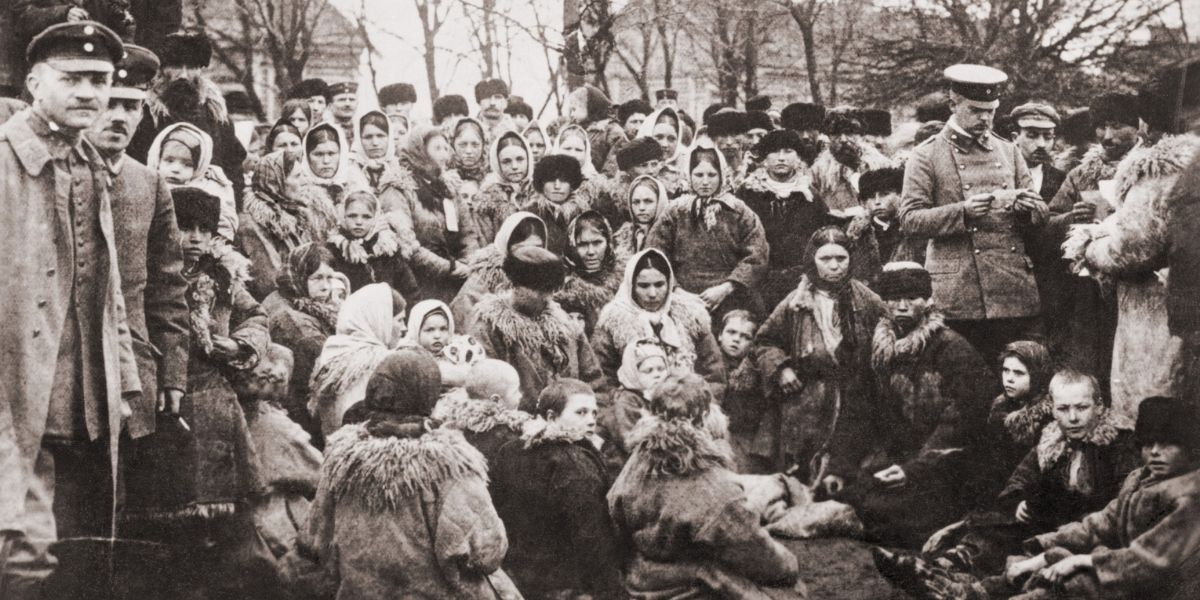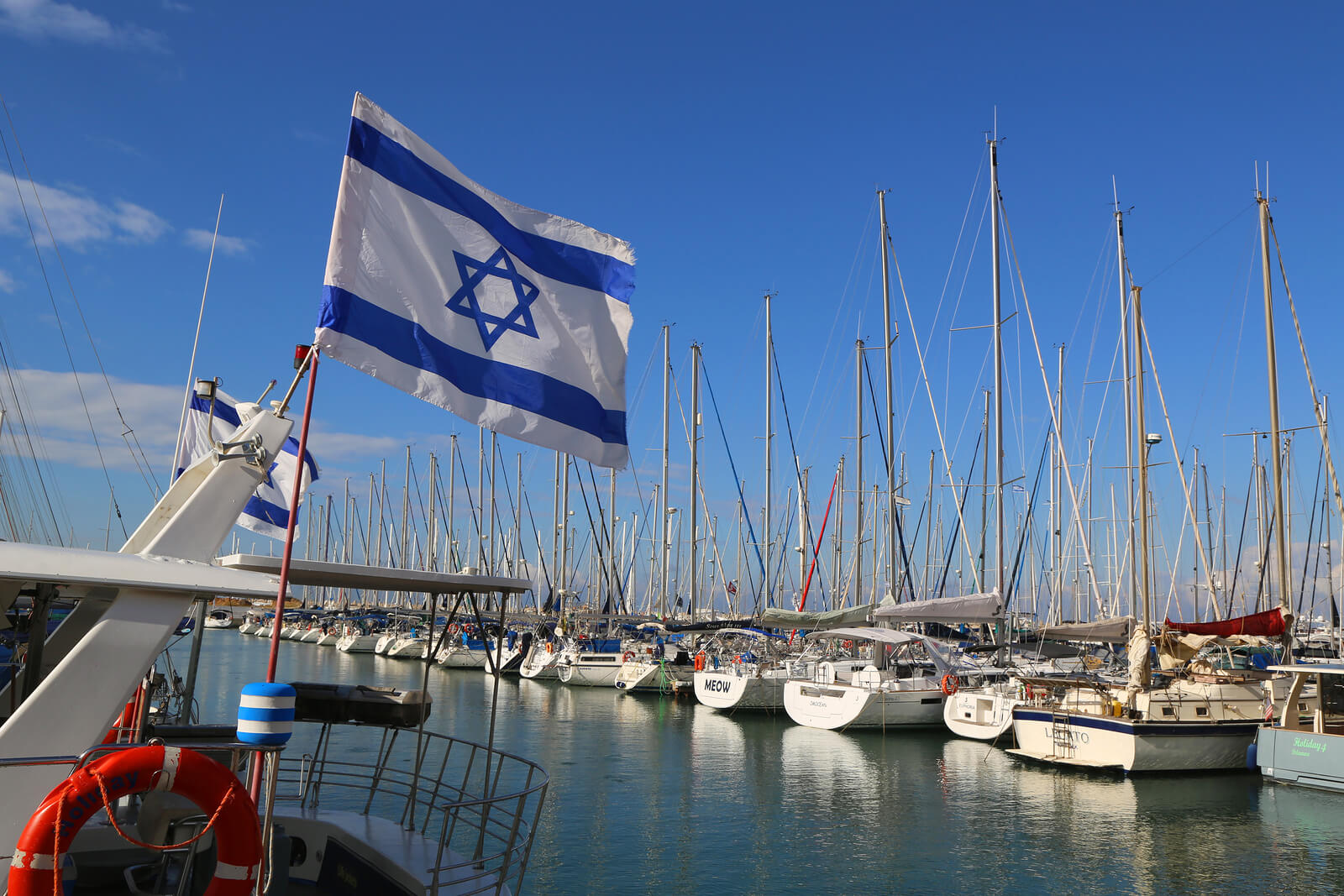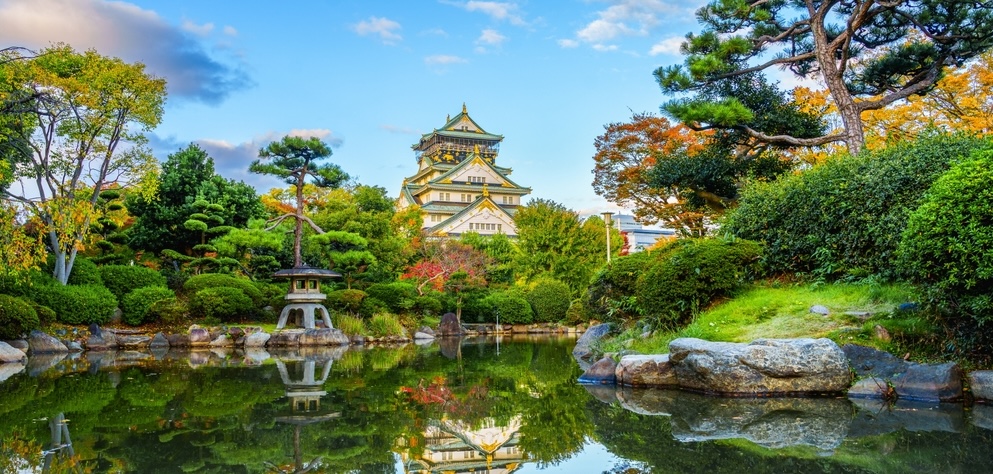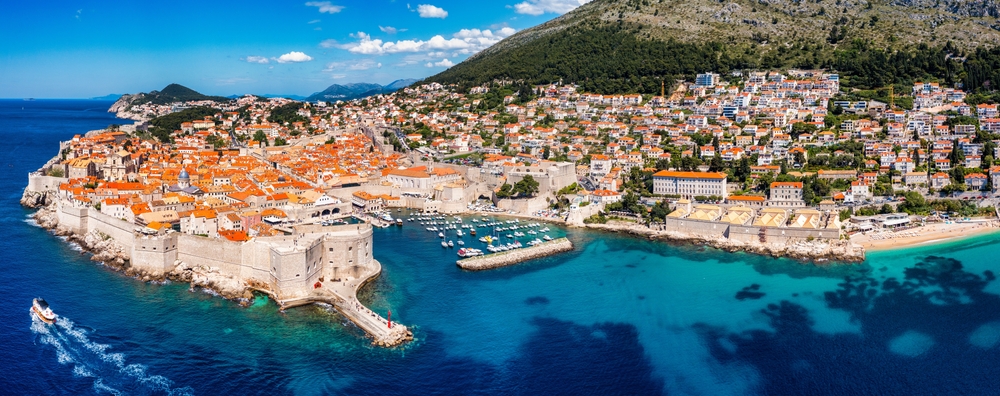The Plight of Jewish Refugees During World War II
The persecution of the Jews began the day the Nazis assumed power in Germany, but it took on a savage new dimension when World War Two began and the Germans occupied Poland. Over three million Jews came under the control of a murderous regime. When the Nazis invaded the Soviet Union, conquering huge swathes of territory, including the former Baltic states, they unleashed the Einsatzgruppen and the “Holocaust by bullets” began. The systematic murder of Jews was a deliberate policy that reached its nadir with the building of Belzec, Auschwitz, Treblinka and Sobibor.
Jews who saw what was coming frequently decided to flee. They faced enormous difficulties and risks, beginning with official obstacles and asset stripping regulations. Most foreign countries were either unsympathetic – or even hostile – or were ill-prepared to receive significant numbers of refugees. Jewish refugees faced enormous bureaucratic hurdles and immigration restrictions, as well as the plethora of dangers that have always confronted vulnerable people attempting long and perilous journeys.

Journey to Japan: How Jewish Refugees Arrived
The world was a dangerous place in the early 1940s. The ravages of World War disrupted travel routes, while totalitarian regimes and dictatorships like the Soviet Union (frequently anti-Semitic in outlook) placed harsh restrictions on movement. Even neutral countries viewed foreign travelers with suspicion and imposed stringent visa and border controls.
Japan had hosted small Jewish communities since the 1700s and had received various refugees in World War One. Jewish history in Japan had been largely positive and the Japanese had a reputation for tolerance. European Jews fleeing the Nazis saw a possible safe haven in the Land of the Rising Sun.
The problem was that a journey to Japan involved at least a 5,000 mile journey, including a sea crossing. For most refugees, that meant transiting the Soviet Union, a communist police state, dominated by murderous security services, and home to its own massive network of concentration camps.
Those refugees who could not enter the Soviet Union (which at least had the Trans-Siberian rail network) had to make a long, arduous and uncertain journey through the Middle East and Asia. At the time, China was embroiled in a savage war against Japan and Mongolia was suffering cruel Soviet Repression. The world was a terrifying place for Jewish refugees who were effectively stateless and cast adrift.
Chiune Sugihara: Bringing Jewish Refugees to Japan
In 1939 a Japanese diplomat called Chiune Sugihara became vice-consul in Kaunas Lithuania. Beingining in July 1940, Sugihara deliberately broke Japanese Foreign Ministry rules to issue transit visas to Jewish refugees in Lithuania. He also negotiated with corrupt Soviet officials to allow the refugees to transit the Soviet Union to the port of Vladivostok, traveling on the Trans-Siberian express at five times the cost of an ordinary ticket.
Sugihara worked frantically, sometimes up to twenty hours a day, to issue life-saving visas to the desperate Jews. The situation was chaotic and nobody is entirely sure how many visas Sugihara issued, but some researchers argue that he issued as many as 6,000 family visas. An unknown number of Jewish refugees made the tense and sometimes nerve racking trans Siberian journey to Vladivostok. They continued by boat to the Japanese port of Tsuruga, and then on to Kobe. Despite not knowing what lay ahead, their relief at escaping the Nazis and exiting the sinister Soviet Union must have been palpable!
Righteous Among the Nations
Chiune Sugihara led a life of quiet obscurity after the war, leaving the diplomatic service and initially experiencing financial difficulties. In 1969 he was invited to Israel and warmly received. Eventually,in 1985, Sugihara was honored by Yad Vashem as Righteous Among the Nations.
After Sugihara’s death a year later, his story was more widely publicized in Japan and his life-saving assistance to the refugees began to receive wider recognition. A tailored luxury tour of Japan can include visits to the Chiune Sugihara Memorial Hall in Gifu Province and the Port of Humanity Museum in Tsuruga.
Exploring Jewish History in Japan with a Luxury Tour
Modern Japan is an amazing country to visit. It is a nation of contrasts where luxury hotels and high tech modern shopping districts sit alongside ancient Buddhist temples and Shinto shrines. Everywhere you turn, there are historical traces of Samurai culture and Japan’s imperial past. The Japanese are also renowned for their love of natural beauty and appreciation of art and literature. Outside the 24 hour bustle of big cities like Tokyo, Osaka and Hiroshima, Japan is predominantly a country of mountains and forests, with outstanding hikes and views just minutes from any town or village.
For American Jews, a luxury trip to Japan offers the extra fascination of exploring the Jewish history of Japan and visiting important cultural and historical sites related to Jewish refugees in Japan. There are also exciting opportunities to connect with Japan’s modern Jewish community and Japanese-Jewish friendship organizations. If you sign up for one of Gil Travel’s exclusive Jewish heritage tours, it’s even possible to celebrate Pesach and other high holidays in Tokyo and sample some of the world’s best kosher Japanese cuisine!
Kobe’s Jewish History
The port city of Kobe lies just to the west of its giant neighbor Osaka. It was home to a small Jewish community since the 1860s and by the 1900s had its own synagogue and a Zionist organization. By World War Two there was a mixed community around a thousand strong, of mainly Russian Ashkenazim and Mizrachi Jews from Iraqi and Iran. Thanks to Chiune Sugihara, the Jewish population of Kobe grew rapidly with the arrival of refugees from Europe.
The Japanese authorities were generally benevolent towards Kobe’s Jews and didn’t distinguish between Jews and other foreign residents. The official attitude was even surpassed by ordinary Japanese people who routinely displayed spontaneous acts of kindness and compassion towards the refugees. Unfortunately, Kobe’s two synagogues were destroyed by wartime bombing, but the Ohel Shelomo synagogue (Japan’s first synagogue) was rebuilt. It is a functioning synagogue that attracts worshippers from Osaka and Kyoto’s small Jewish communities.
There is still a Jewish cemetery in Kobe. It is a tranquil and peaceful place nestled on the lower slopes of a local mountain. The cemetery has almost a garden feel and it is a fascinating place to explore and read the names on the gravestones, each of which hints at a series of personal adventures that brought the deceased to their resting place on a quiet Japanese hillside.
Hikawa Maru Museum Ship in Yokohama
Some of the most fortunate Jewish refugees in Japan had secured visas to enter the United States or Canada. They made the long sea journey across the Pacific on the Japanese passenger liner the Hikawa Maru. In October 1941, the Hikawa Maru brought its final contingent of Jewish refugees to Seattle. The Japanese attack on Pearl Harbor brought the US into the war and closed the shipping lanes to civilian traffic. The Hikawa Maru became a military hospital ship, and, despite extensive damage, survived the war.
Today the Hikawa Maru is a floating museum, permanently berthed in the port of Yokohama less than 20 miles from the center of Tokyo. If your ancestors sailed to the US on the Hikawa Maru, or you want to see an important part of Jewish history in Japan, Gil Travel will arrange a guided tour of the ship, as well as a chance to explore other attractions in Yokohama.

Planning a Luxury Jewish Heritage Tour of Japan
Japan is a wonderful country to visit. It’s one of the world’s safest tourist destinations and is clean, polite and well ordered. Japan is also one of the few countries where anti-Semitism is almost non-existent! American Jews are guaranteed a friendly welcome and can enjoy a relaxed and stress free trip. If you’re planning a Jewish heritage tour of Japan, Gil Travel will help you to create the perfect itinerary. We have a strong relationship with the Jewish community in Japan and extensive connections in the tourist industry.
When you plan your trip, we’ll offer up to date advice about luxury kosher hotels and gourmet kosher dining, as well as chauffeured day trips or first class travel on Japan’s iconic shinkansen bullet trains. Gil Travel can also arrange private tours of Jewish heritage sites in Japan with English speaking experts who make the past come alive. Japan is a wonderful country to explore with everything on offer from high end shopping (particularly for electronics, designer clothing and jewelry and traditional arts and crafts) to meditation classes in Zen temples and hiking trips or river rafting.
The best time to visit Japan is the spring or late summer/early autumn. Japanese summers are hot and humid and there is also a short but intense rainy season. Most of Japan experiences cold winters which isn’t great if you’re planning walking tours of famous sites. If you are a fan of winter travel, Japan has some outstanding ski resorts. It’s also a unique experience to sit in a hot spring, sipping a beer or a cocktail, as the snow falls around you!
Talk to us today if you want to plan a personalized luxury tour of Japan and explore the country’s hidden Jewish heritage.











